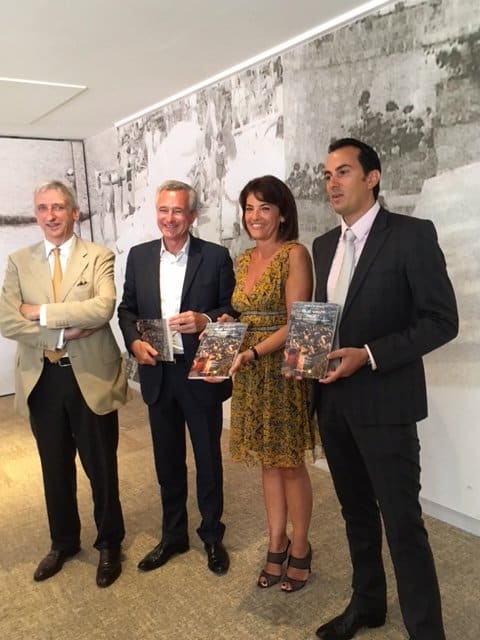The FNAIM and Patrice de Moncan, writer and economist, undertake an unprecedented exercise: estimating the value of France’s main cities. After Paris, Bordeaux, Strasbourg, and Nantes, this examination continues on the French Riviera in Nice.
After an analysis of the 41 neighborhoods in the city of Nice, the experts and the author are certain: the value of the city is 58.2 billion euros.

How did they arrive at such a staggering figure? For this, they had to sum up the 195,562 m2 of housing, the 360,000 m2 of offices and warehouses, and the 6,300 premises listed in the city.
Also, as with the other 5 cities, the authors of the survey engage in the bold calculation of converting the city’s architectural jewels into land reserve. How much would the airport be worth if it were built in place of the F4s? About 25 billion euros. The Castle Hill Park could yield 2.3 billion euros.
On its side, the famous Negresco contributes 53.4 million euros. Just with the addition of ten emblematic monuments and places, the city is reevaluated by an additional 27.8 billion euros. That is a total of 86 billion euros. But of course, these are merely dreams.
Nice is the third city in France in terms of heritage value behind Paris and Marseille.
The city of Nice itself has barely changed according to Patrice de Moncan. According to the figures, since 1964, the city of Nice has experienced growth of about 1.64%.
Regarding housing, there is a growth of 2.82%. 91.40% are in apartment buildings. This is significant in a city known for having numerous individual villas. 7.5% (16,890).
Initially thinking that Nice was a city without verticality, the author quickly came to terms with it. Indeed, it rises to 6.39%. On average, there are 6.39 dwellings per building in Nice, compared to an average of 5.35 in urban France’s major cities.
The same observation applies to the status of residences. The people of Nice are 51% homeowners of their dwellings compared to only 30% for Parisians. As for rentals, the figure is 49%.
The city, always according to the economist, Patrice de Moncan, has not been marked by history. He explains: “Only 23% of the buildings were constructed before the Second World War.” Hence, Nice still has work to do to catch up with other cities in France.
This is a task it is already undertaking with the transformation of several major projects: the Var plain file, which is extremely controversial, but also the creation of lines 2 and 3 to make it easier to get around Nice.
The securing of the promenade is supposed to attract foreigners again, as well as tourists.
In short, the project is underway.









